In 2019, Paul Biya himself openly admitted to Mo Ibrahim that French Cameroun had tried and failed to assimilate Ambazonia. This single admission destroys the idea of a seamless national union. You don’t “assimilate” what is already part of you — you assimilate something separate
By The Independentist Political Desk
For over sixty years, French Cameroun has pushed a story that Southern Cameroons — today Ambazonia — was a runaway territory that it heroically “reunified.” This version of history has been repeated endlessly in schools, official speeches, and state media. It shaped how generations of Francophones understood their country.
But history has a stubborn way of resurfacing. And today, legal records, political admissions, and international documents are exposing the cracks in that narrative. From the UN stage to diplomatic backrooms and the streets of Bamenda, it is becoming impossible to deny: Ambazonia has always been a separate political and legal entity.
A Flag That Told the Truth
During the 50th anniversary celebrations of La République du Cameroun’s independence in Yaoundé, a striking moment occurred. The President of the United Nations General Assembly handed Paul Biya a two-state flag — one side for French Cameroun, the other for British Southern Cameroons.
This was not an accident. It was a symbolic reminder that in 1961, two separate entities stood side by side under the UN framework. It silently contradicted decades of propaganda that painted Ambazonia as a mere “region” of one country.
Biya’s Own Words Gave the Game Away
In 2019, Paul Biya himself openly admitted to Mo Ibrahim that French Cameroun had tried and failed to assimilate Ambazonia.
This single admission destroys the idea of a seamless national union. You don’t “assimilate” what is already part of you — you assimilate something separate. Biya’s statement was effectively a public acknowledgment that the project to absorb Ambazonia never succeeded, legally or politically.
The Misinformation Unravels
For decades, Francophones were told that Ambazonians were simply “runaways” brought back under the fold. That narrative was carefully engineered. But as historical facts resurface — from UN archives to African legal rulings — many Francophones are now realizing they were raised on a false story.
Some are apologizing to Ambazonians they meet. Others are searching for more information. It’s a quiet awakening. But it comes too late to change the legal record: Ambazonia was never part of French Cameroun’s internationally recognized boundaries.
Legal Boundaries Were Frozen — By French Cameroun Itself
When the Organization of African Unity (OAU) was founded in 1963, its founding charter froze all African borders at the moment of independence. The goal was to prevent border conflicts and protect stability. French Cameroun is a signatory to that charter.
This means French Cameroun’s borders were legally fixed as of January 1, 1960 — the day it gained independence. Southern Cameroons was still a British-administered UN Trust Territory at that time. No binding treaty ever joined the two. Even the African Commission’s 2009 Banjul Declaration confirmed that the people of Southern Cameroons are a distinct people with a right to self-determination.
In other words, Ambazonia’s separate status is not an opinion — it is written into international and African law.
The Crumbling Gaullist Blueprint
Why, then, does Paris still cling to this legal fiction? The answer lies in Charles de Gaulle’s political blueprint.
After France’s humiliation in World War II, De Gaulle admired Britain’s constitutional monarchy during his exile in London. Envious of its stability, he returned to France determined to create his own “republican monarchy” — a hyper-centralized presidential system under the Fifth Republic. That system concentrated power in one man, giving France an “imperial presidency.”
Through Françafrique, this model was exported to Africa to keep loyal strongmen in charge after colonialism. Cameroon was one of the clearest examples. Today, both the French system and its African extensions are showing deep cracks. The French model behaves like a monarchy but lacks its legitimacy, and its legacy in Africa is collapsing under the weight of history.
A Watershed Election
The upcoming election in French Cameroun is not just another political exercise. It is a watershed moment in Ambazonia’s path toward complete dislocation from the colonial structure.
For Ambazonians, the issue is not participation but asserting irreversible sovereignty. And for Camerounese citizens awakening to their own reality, this is the time to act — through intensive ghost towns, civil non-cooperation, and every peaceful but firm method available to reclaim their own agency.
Those who think they can simply migrate to Ambazonia to enjoy freedom while avoiding their own civic responsibilities are mistaken. Ambazonia is not a refuge for escapism; it is a liberation project rooted in law, history, and sacrifice.
A Fiction Running Out of Time
From the UN flag ceremony to Biya’s confession, from the unraveling of historical lies to the OAU charter and Banjul ruling, and from De Gaulle’s imperial legacy to the upcoming election, one truth shines through: Ambazonia’s sovereignty is legally and historically undeniable.
Paris and Yaoundé may continue clinging to their fiction of unity. But the legal scaffolding they built in the 20th century is collapsing in the 21st.
This moment belongs to those who are ready to face the truth — and act on it.
The Independentist Political Desk





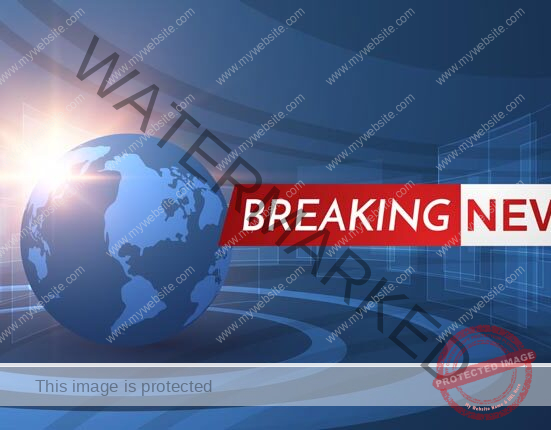

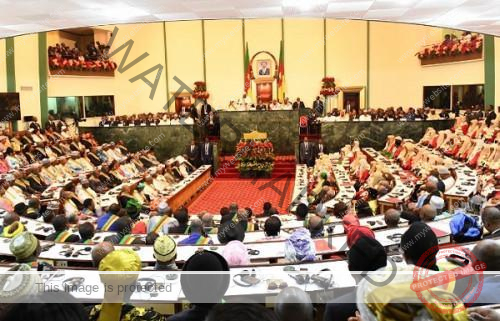
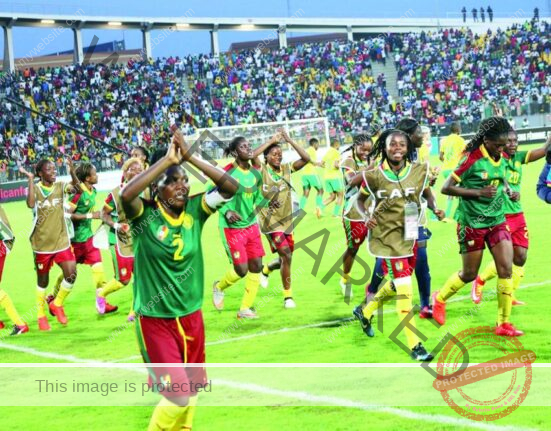




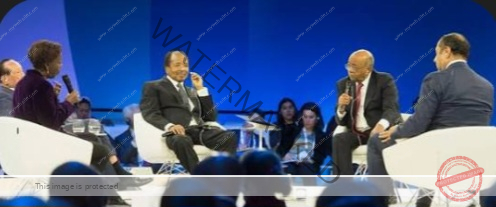
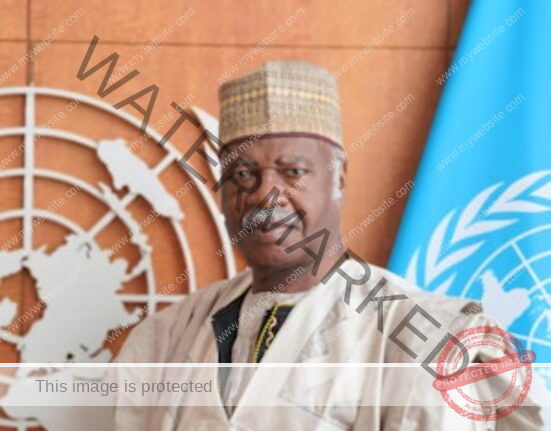
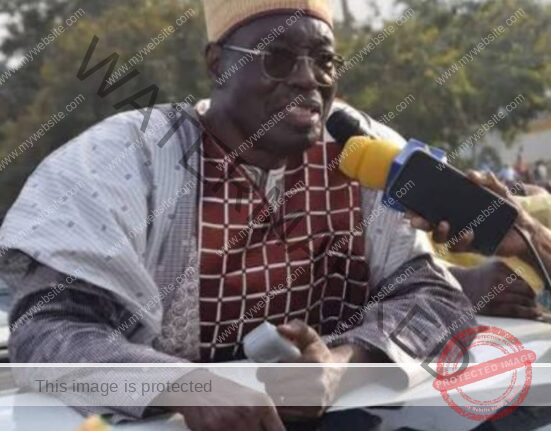
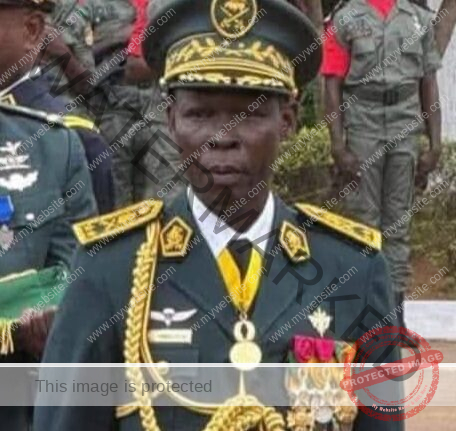
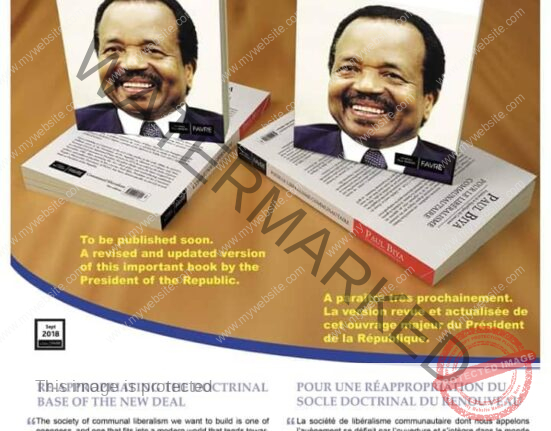
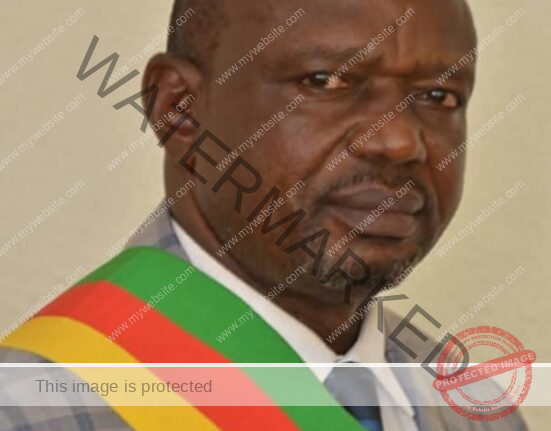
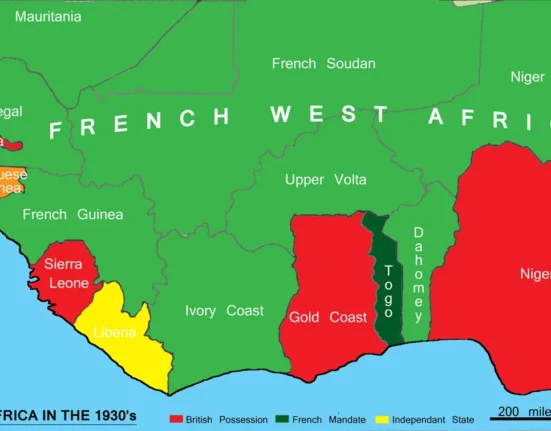

Leave feedback about this